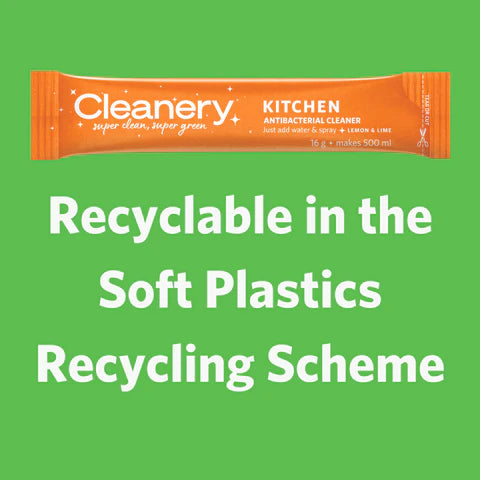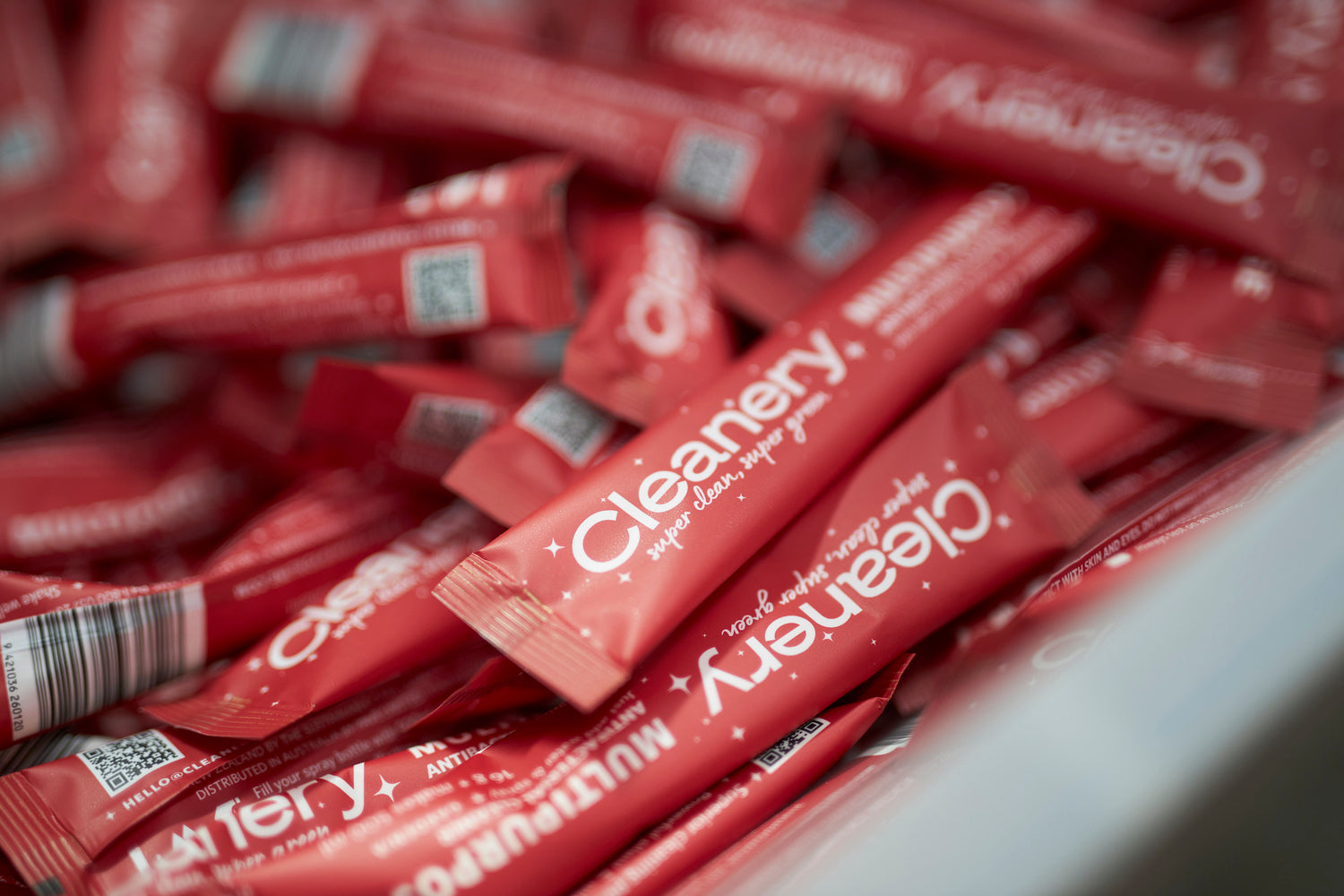First and foremost, packaging needs to protect its contents and ensure it gets to customers in great condition. There’s nothing more wasteful than having to bin an entire product because the packaging doesn’t do its job. This means it needs to be durable and offer a good moisture barrier. Also, while our formulations are plant and mineral based, and super safe you and the environment, it is still an ultra-effective cleaning product in concentrated form, and thus requires packaging that is child resistant. Finally, it has be practical and ensure that mixing your products is super easy and convenient.
Why did you choose plastic packaging?
Initially, one of our decisions was whether to go for compostable or recyclable packaging.
It is a common misconception that compostable packaging is the best or most sustainable option, but the reality is that it is often not. The Ministry of Environment’s recent findings[1] around compostable packaging provide an extensive overview of the many challenges around compostable packaging. These include:
- The majority do not have home compost systems or access to compost systems (either home or commercial). This means compostable materials most often end up in landfill.
- Compostable packaging is often incorrectly placed into recycling bins by consumers – as they cannot be recycled, they often contaminate recycling collections leading to it all going to landfill rather than being recycled. Massive own goal.
- Limited infrastructure to process compostable materials. Commercial composting facilitates – where they are even available – don’t want to be dealing with packaging. They are set up for food scraps and organic waste and because they can’t sort compostable from normal packaging it all goes to landfill.
- And finally, even if the packaging finds its way into a compost bin or commercial composter, it has no nutritional value and adds nothing positive to compost or soil.
While there are some benefits to compostable packaging in the right and very specific setting, it was clear that this was not a suitable route for cleaning products.
Having ruled out compostable packaging, we opted to select plastic that had the opportunity to be repurposed and reused again through Soft Plastic Recycling Schemes.





